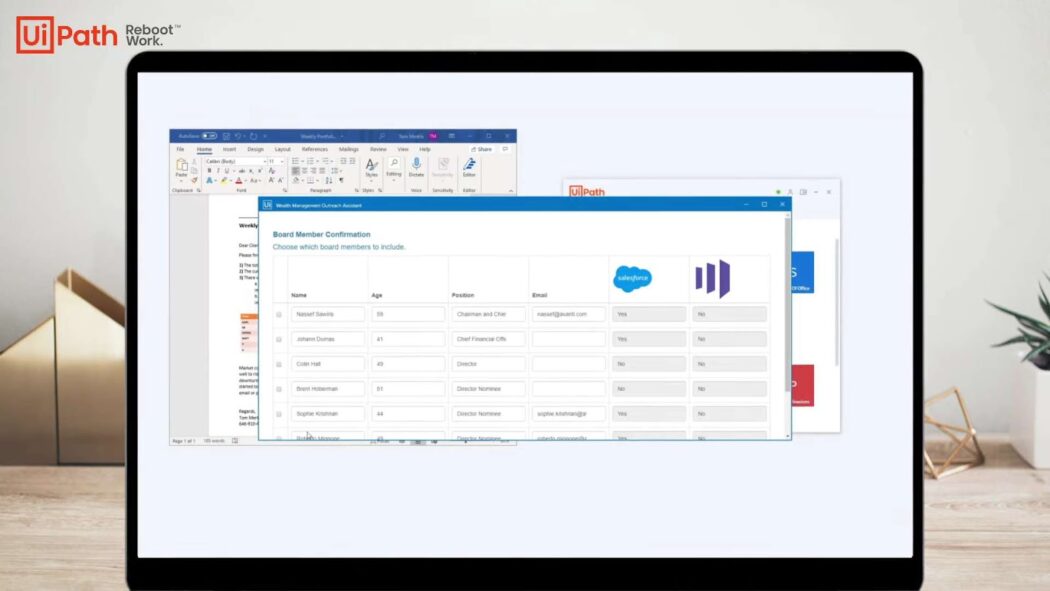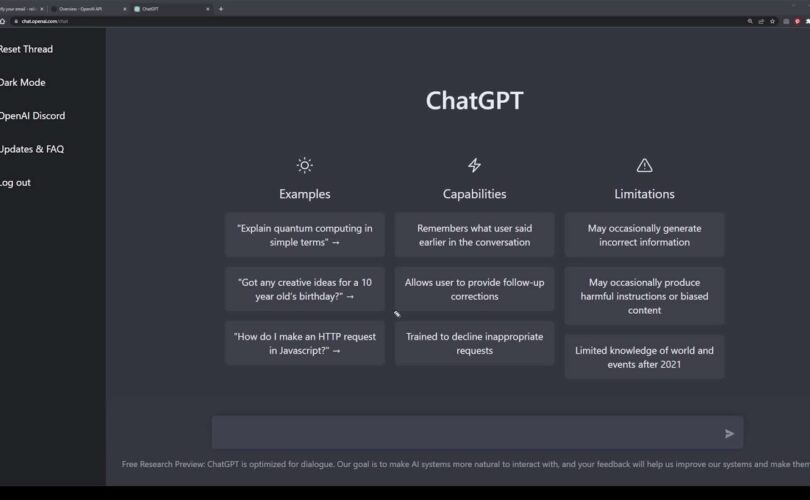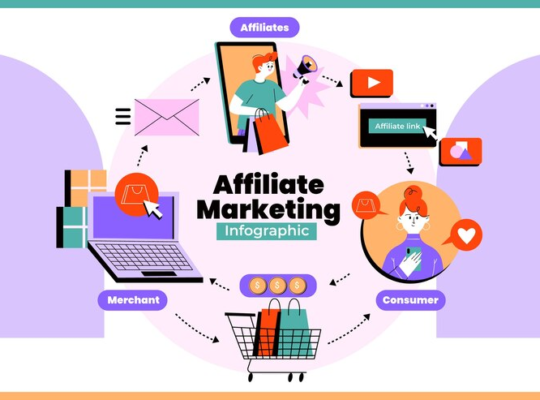Over the last decade, Artificial Intelligence (AI) has undergone a swift and remarkable transformation, bringing about a profound revolution in numerous sectors and facets of our daily existence. Whether it’s streamlining monotonous chores or orchestrating intricate judgments, AI applications have grown to be indispensable assets for enterprises, scholars, and people from all walks of life. In this article, we will embark on an exploration of the most exceptional AI tools currently accessible, elucidating how they are fundamentally altering the panorama of technology and enhancing productivity.
Exploring Modern Natural Language Processing (NLP) Technologies
The field of Natural Language Processing (NLP) has witnessed significant advancements, dramatically altering how machines process and comprehend human language. This progression has opened up new possibilities for interaction between humans and technology. Below are some prominent NLP technologies, each with unique features and applications.
1. OpenAI’s GPT-3: The Forefront of Language Models
Overview: GPT-3, developed by OpenAI, represents a breakthrough in language models. It’s known for its exceptional ability to generate text, translate languages, and engage in conversational question-answering.
Capabilities:
- Text Generation: Mimics human writing style, useful in content creation;
- Language Translation: Translates various languages with high accuracy;
- Interactive Conversation: Can engage in human-like discussions.
Applications:
- Enhancing creative writing, journalism, and educational content;
- Streamlining international communication and language learning;
- Improving customer service with chatbots.
2. BERT by Google: Transforming Search Engines
Overview: BERT, standing for Bidirectional Encoder Representations from Transformers, is Google’s revolutionary technology in search engine optimization.
Features:
- Contextual Understanding: Excels in grasping the context of language;
- Bidirectional Processing: Analyzes text from both directions for deeper understanding.
Impact:
- Significantly improves search engine results and relevance;
- Enhances voice search capabilities;
- Boosts the efficiency of information retrieval in digital platforms.
3. spaCy: A Leader in Efficient Text Processing
Overview: spaCy is an acclaimed NLP library, lauded for its speed and efficiency in processing text.
Strengths:
- Rapid Processing: Exceptionally fast in analyzing large volumes of text;
- Developer-Friendly: Easily integrates with other technologies and platforms.
Use Cases:
- Ideal for research projects requiring quick text analysis;
- A go-to tool for developers in machine learning and AI applications.
Revolutionizing Visual Analysis with Computer Vision Tools:
In the ever-evolving world of technology, computer vision AI tools have emerged as a game-changer, transforming the way we perceive and interact with images and videos. These remarkable tools are not only reshaping industries but also enhancing our daily lives. Let’s delve into some of the most influential computer vision tools, each offering a unique set of capabilities and applications.
OpenCV – Unveiling the World of Possibilities:
OpenCV, an acronym for Open Source Computer Vision Library, stands as a versatile and open-source tool that empowers developers and researchers with a plethora of functions for image and video analysis. Its potential is boundless, making it a crucial asset in various domains.
- Functions: OpenCV boasts a rich collection of functions that include image manipulation, object tracking, facial recognition, and more;
- Application: Widely utilized in autonomous vehicles, medical imaging, robotics, and even art projects, OpenCV has become the go-to tool for professionals seeking comprehensive visual analysis capabilities.
TensorFlow and PyTorch – Empowering Deep Learning Enthusiasts:
The dynamic duo of TensorFlow and PyTorch has become synonymous with deep learning. While they are renowned for their prowess in training neural networks, these frameworks also excel in the realm of computer vision.
- Features: Both TensorFlow and PyTorch offer a wide range of pre-trained models, enabling developers to kickstart their computer vision projects quickly. These models cover image classification, object detection, and more;
- Deployment: Thanks to their flexibility and community support, these frameworks are ideal for deploying computer vision models on various platforms, including mobile devices and the cloud.
YOLO (You Only Look Once) – The Real-Time Visionary:
YOLO, an acronym for You Only Look Once, has revolutionized real-time object detection. Its claim to fame lies in its exceptional speed and accuracy, making it an indispensable tool for applications that require instant recognition.
- Speed: YOLO’s unique architecture processes images in a single pass, delivering real-time results. This makes it a top choice for video surveillance, autonomous drones, and live video analysis;
- Accuracy: YOLO’s accuracy is remarkable, thanks to its ability to detect multiple objects in a single frame with minimal false positives;
- Integration: YOLO can be integrated seamlessly with various programming languages and platforms, making it accessible to a broad spectrum of developers.
Advancements in Voice-Activated Artificial Intelligence:
In the rapidly evolving landscape of technology, voice-activated AI has carved a significant niche. This innovation has led to the development of sophisticated tools capable of transcribing, identifying, and replicating human speech. These advancements have wide-ranging applications, from simplifying daily tasks to enhancing user interfaces in various tech applications.
Integrating Speech Recognition and Synthesis with Google’s APIs:
- Google’s Speech-to-Text and Text-to-Speech Services: These powerful APIs are designed for developers seeking to embed speech recognition and synthesis features into their software.
- Key Features:
- Real-time speech transcription;
- Multi-language support, catering to a global user base;
- High accuracy in voice recognition, even in noisy environments.
- Applications:
- Enhancing user experience in mobile apps and web services;
- Enabling voice commands in smart home devices;
- Facilitating accessible communication for individuals with disabilities.
- Recommendations for Developers:
- Utilize the customization features to tailor the voice and speech patterns according to the application’s needs;
- Implement regular updates to leverage Google’s ongoing improvements in AI and machine learning.
Amazon Polly: Revolutionizing Text-to-Speech Technology:
- Overview of Amazon Polly: A cutting-edge service provided by Amazon Web Services (AWS), Amazon Polly transforms written text into lifelike speech;
- Distinctive Attributes:
- Offers a wide range of realistic voices and language;
- Suitable for various scenarios, from reading out textual content to voiceovers in multimedia.
- Potential Use Cases:
- Creating engaging audio content for e-learning platforms;
- Voice assistance in navigation apps;
- Enhancing user interaction in games and virtual reality experiences.
- Insights for Effective Utilization:
- Explore the different voice types to find the best fit for the target audience;
- Integrate Polly with other AWS services for a more comprehensive solution, like using AWS Lambda for serverless applications.
Advanced AI-Powered Chatbots in Customer Support and Engagement
1. Google’s Dialogflow: Revolutionizing Conversational Agents
Overview: Google’s Dialogflow stands as a pivotal platform in the realm of AI chatbots. It’s engineered to craft sophisticated conversational agents, enhancing user interactions.
Key Features:
- Intuitive Design: Facilitates the creation of chatbots with user-friendly interfaces;
- Multilingual Capabilities: Offers support for multiple languages, broadening its applicability;
- Integration Flexibility: Easily integrates with various applications and services;
- Use Cases: Ideal for businesses looking to automate customer service, provide interactive experiences, or gather user data through engaging conversations;
- Expert Tip: Leverage its analytics feature to gain insights into user interactions, which can help refine the chatbot’s performance.
2. Microsoft Bot Framework: A Multifaceted Chatbot Building Toolkit
Overview: The Microsoft Bot Framework is a robust toolkit designed for the development of diverse chatbots. It’s tailored to operate across various platforms, including Skype and Microsoft Teams.
Key Features:
- Cross-Platform Functionality: Seamlessly integrates with a range of platforms, enhancing its versatility;
- Customizable Components: Offers a suite of tools for personalized bot development;
- Scalable Architecture: Suitable for both small-scale interactions and large-scale deployments;
- Use Cases: Perfect for organizations aiming to implement chatbots in internal communication tools or customer-facing applications;
- Expert Tip: Utilize its advanced AI capabilities to create chatbots that can understand and respond to natural language inputs effectively.
AI-Powered Analytics and Insights Tools: Unlocking the Power of Data
In today’s data-driven world, businesses are constantly seeking innovative ways to harness the potential of their data. AI-powered analytics and insights tools have emerged as indispensable allies, revolutionizing how organizations interpret and utilize their data. These tools not only help businesses navigate the vast sea of information but also provide invaluable insights that drive smart decision-making. Let’s delve deeper into the realm of AI-driven analytics tools and discover how they are shaping the future of data-driven decision-making.
1. Tableau: Illuminating Data Insights with AI
Tableau, a leading player in the world of data analytics, has embraced AI to empower its users. Here’s how:
- Incorporating AI algorithms: Tableau employs AI algorithms to assist users in uncovering hidden insights within their data. These algorithms work tirelessly to identify patterns, trends, and anomalies that might otherwise go unnoticed;
- Interactive Visualizations: Tableau’s AI-driven features enable the creation of interactive visualizations that simplify complex data. This empowers users to explore their data dynamically and gain deeper insights;
- Informed Decision-Making: By leveraging Tableau’s AI capabilities, businesses can make well-informed decisions, backed by a comprehensive understanding of their data. This is especially crucial in today’s fast-paced and competitive landscape.
2. Power BI: Microsoft’s AI-Powered Data Oracle
Power BI, a product of tech giant Microsoft, is another formidable player in the AI-driven analytics arena. Here’s how it leverages AI:
- Actionable Insights: Power BI employs AI to generate actionable insights and predictions from data. This not only saves time but also empowers businesses to act proactively based on real-time data;
- Natural Language Queries: With the help of AI, Power BI allows users to ask questions about their data in plain language. The system interprets these queries and provides relevant answers, making data analysis accessible to everyone;
- Predictive Analytics: AI algorithms in Power BI can predict future trends and outcomes, enabling businesses to plan and strategize effectively.
Automation Tools: Paving the Way for Business Efficiency
Automation has become synonymous with efficiency in the corporate world. AI-driven automation tools are at the forefront of this revolution, helping organizations streamline their operations and maximize productivity. Let’s explore two standout tools that are driving this transformation.
1. UiPath: Elevating Efficiency with Robotic Process Automation (RPA)
UiPath stands tall as a leading robotic process automation (RPA) platform, and its AI capabilities are the driving force behind its success:

- Automating Repetitive Tasks: UiPath excels at automating repetitive, rule-based tasks that were once a drain on human resources. This not only reduces the risk of errors but also frees up valuable time for employees to focus on more strategic activities;
- Scalability: With AI-driven automation, UiPath offers scalability, allowing businesses to handle increasing workloads without a proportional increase in human resources;
- Enhanced Compliance: UiPath’s AI ensures adherence to rules and regulations, reducing compliance risks and ensuring the integrity of processes.
2. Zapier: Connecting the Dots for Seamless Workflows
Zapier, an automation tool, has redefined how apps and services collaborate, thanks to its AI-driven capabilities:
- Integration Mastery: Zapier seamlessly connects various apps and services, enabling them to work harmoniously together. This facilitates smooth data flow and process automation across an organization;
- Time and Cost Savings: By automating tasks that would otherwise require manual intervention, Zapier delivers significant time and cost savings. This is particularly valuable for small businesses and startups looking to optimize their operations;
- Flexibility and Customization: AI-driven automation in Zapier allows for the creation of highly customized workflows tailored to an organization’s unique needs.
Conclusion
The realm of AI tools sprawls across a vast and ever-changing landscape. The tools we’ve touched upon here represent merely a fraction of the multifaceted AI technologies available today, and their applications span a wide spectrum of industries. As AI continues its relentless progression, we can anticipate the emergence of increasingly ingenious tools that will fundamentally transform the way we engage in work, communication, and problem-solving. Whether you’re a developer, a business proprietor, or a dedicated researcher, the integration of AI tools into your arsenal can lead to heightened efficiency and unlock fresh avenues for innovation. Embracing AI is not merely an option anymore; it has evolved into an imperative in today’s swiftly evolving technological terrain.






